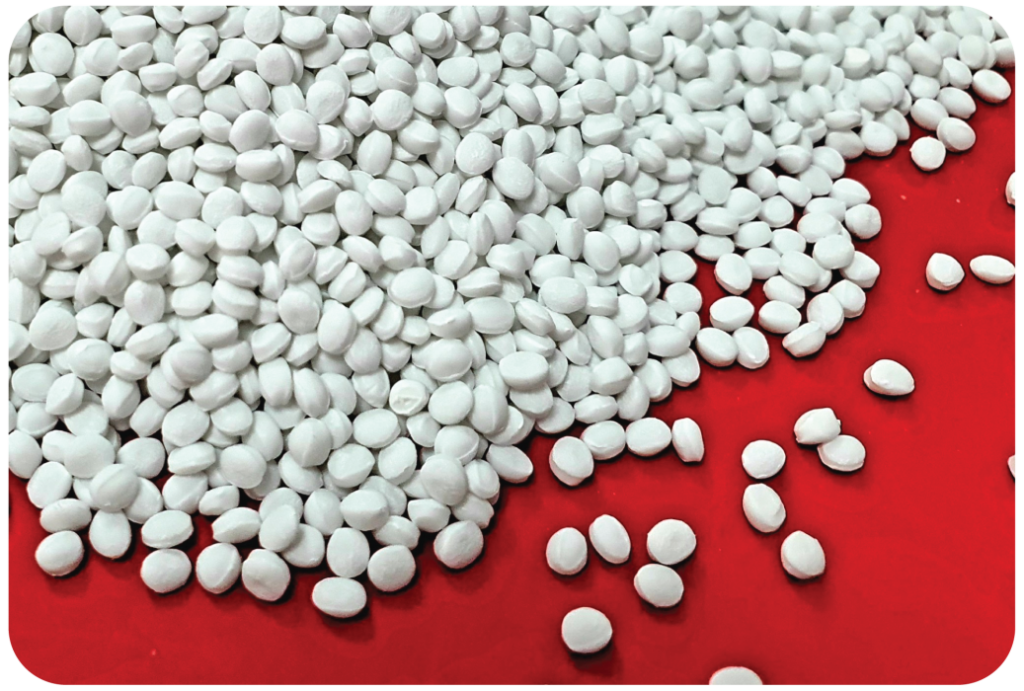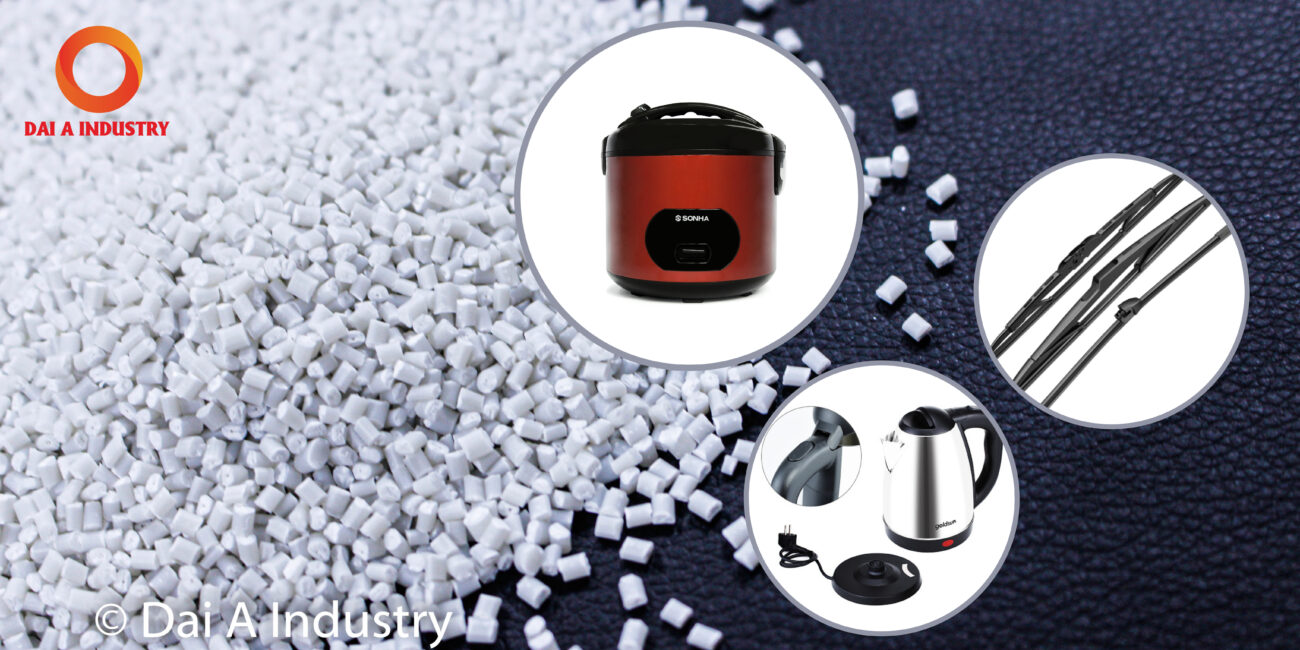Plastic is a great invention of human kind. And also, it’s one of the most important industrial products that has permeates many applications in life.

For both the end-user and industrial consumers, the field of use comes across as one of the widest materials. Therefore, it is expected that there are many technical, mechanical and aesthetic variations of a product that is used in such a wide range. The ability to provide these variations can be achieved through two concepts that are frequently encountered in plastic production. In short, let’s examine these two concepts, which can be collected in the main title of plastic additives.

Masterbatch vs Compound.
These two terms are often mixed even among plastic material manufacturers and industrial consumers. Both are similar in terms of production method, but differ with the result they create, i.e the direction of use of the product.
Masterbatch is a granule form of chemical powder used during plastic production, which gives other properties such as color, odor, anti-age…, which are intended to be added to the plastic. The mixture is formed by a mixture of polymers and organic or inorganic pigments. The granule will be added to its raw material during production. It has a cost-lowering effect.

Compounding is the process of preparing a plastic with a specific formulation by mixing and blending polymers and additives together to achieve the desired properties. Compounds are often mixtures of copolymers such as ABS, SAN, SMA, and…, along with additives such as antioxidants, UV stabilizers, or other property. Sometimes glass fibers or similar materials are added to increase the overall strength of the compound. These mixtures automatically carry fixed compounds in their production process.


Compound is used independently without the need to mix any other ingredients in the production process. Compounds are therefore often used for end products requiring high mechanical strength and technical characteristics.
>Follow our Linkedin for more update news>>
